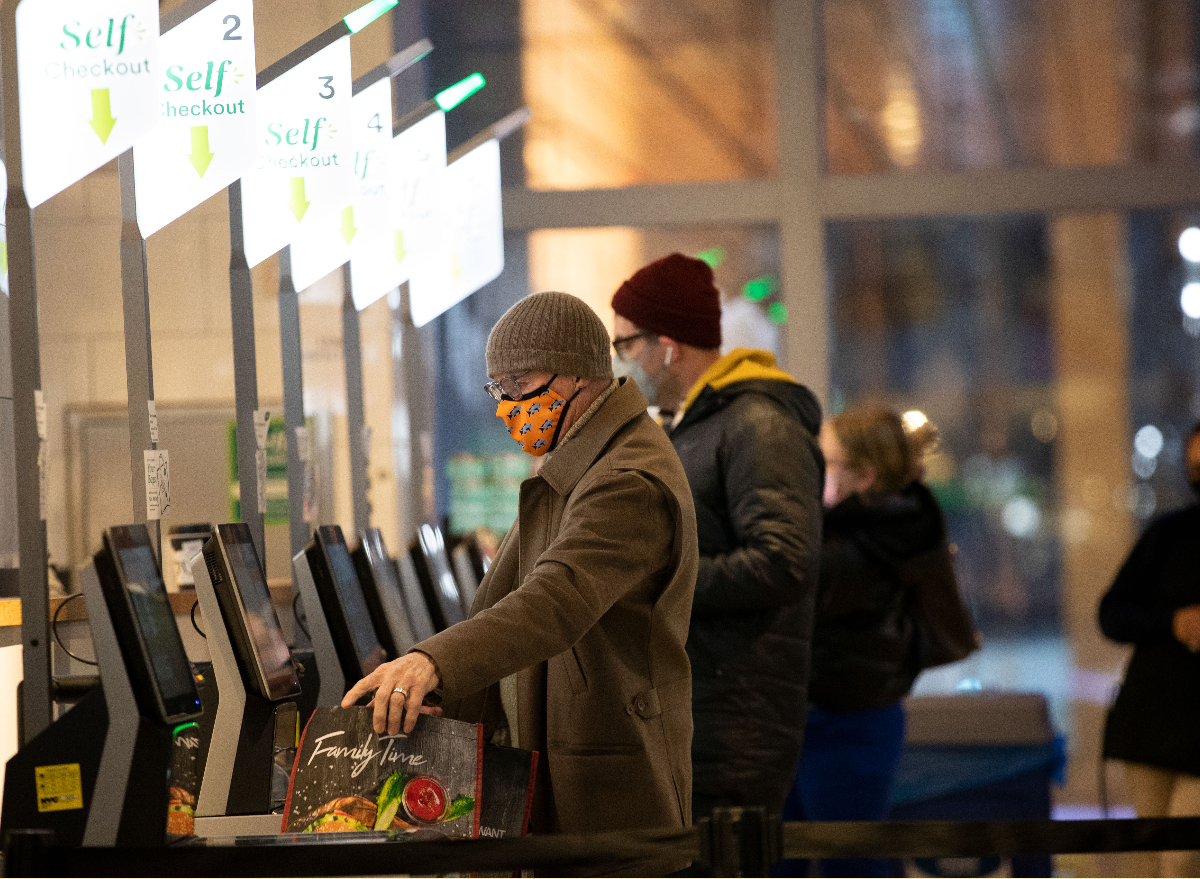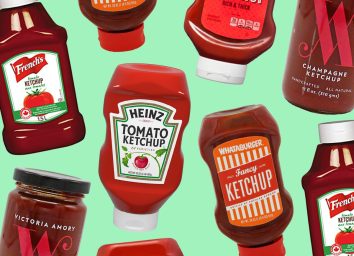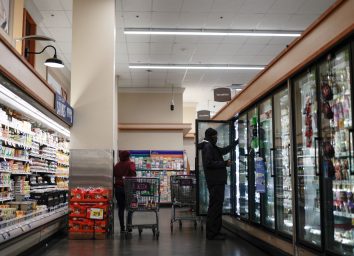Here's Why Food Prices Are at Their Highest in a Decade
A lot of grocery items are hard to find because of shortages and supply chain delays. But those aren't the only two issues making getting dinner on the table more complicated right now.
If you do secure a hard-to-find product on your shopping list, what's available on supermarket shelves may be more expensive. World food prices skyrocketed more than 28% last year, according to the United Nation's Food and Agriculture Organization (FAO).
The FAO's food price index averaged 125.7 points in 2021, the highest mark in a decade, according to Reuters. The last time prices were this high, gluten-free items were on the rise, Greek yogurt became a billion-dollar business, and the company Impossible Foods was founded.
Related: Grocery Items Are Facing Shortages—Here's How to Still Get Them
Energy prices are up.
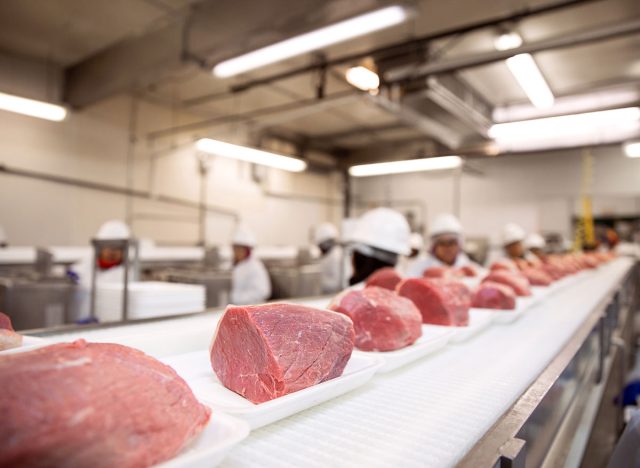
Energy costs skyrocketed 29% from 2020 to 2021. The U.S. Chamber of Commerce explains how rising energy costs lead to rising grocery costs:
"Energy feeds into the operating costs for food manufacturers and producers. Everything from fertilizer to harvesting milk from cows has an energy component."
Droughts, which drive up energy prices, impacted a range of grocery items last year, from coffee and nuts to meat and wheat. Unfortunately, we're "likely to see drought impacts picking up into 2022," agricultural economist Isaac Olvera told MarketWatch.
The cost of fertilizer is also up.
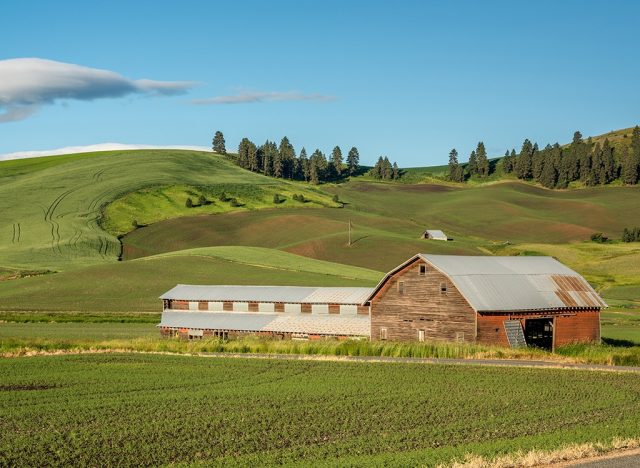
It's not only more expensive to plant crops right now, but also more costly to feed them and help them grow. "It's a new year, but the same story of fertilizer prices moving higher," Progressive Farmer's Russ Quinn wrote this week.
The average price of a ton of potash, or potassium-rich salt, recently hit $807. That figure represents a 119% increase from a year ago, Quinn reported. Increased fertilizer prices alone are forecasted to add nearly $13o,000 in costs for certain farmers in 2022, according to a Texas A&M Agricultural and Food Policy Center study.
In addition to being more expensive, the availability of fertilizer is also complicating matters for farmers, according to a report by AG Web.
Related: To get all of the latest grocery store news delivered right to your email inbox every day, sign up for our newsletter!
Companies are raising their prices.
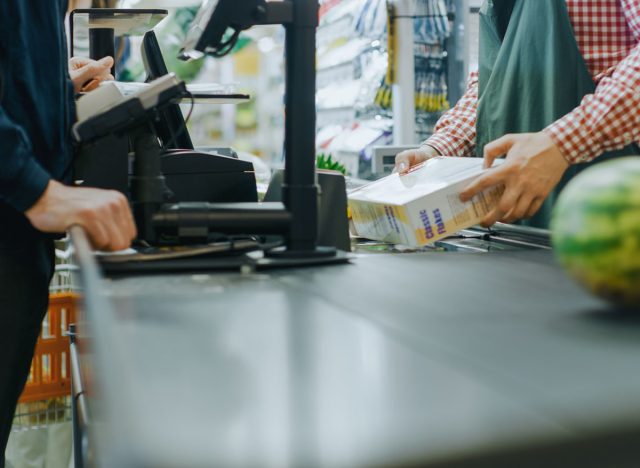
In December, Kroger Chief Financial Officer Gary Millerchip said America's largest grocery chain would pass "along higher cost to the customer where it makes sense to do so." A month earlier, Dollar Tree announced that it would be raising prices from $1 to $1.25 to cover increased costs.
Manufacturers of popular pantry staples are moving in a similar direction in 2022. According to The Wall Street Journal, Kraft Heinz—the company that makes beloved items such as Capri Sun, Lunchables, Maxwell House, Ore-Ida, and Velveeta—is planning to raise price tags on products like Grey Poupon and Jell-O up to 20%. The Campbell Soup Co. is also moving to increase prices, as is Mondelez International Inc., the manufacturer of Chips Ahoy!, Oreo, Ritz, and Wheat Thins.
The bottom line . . .
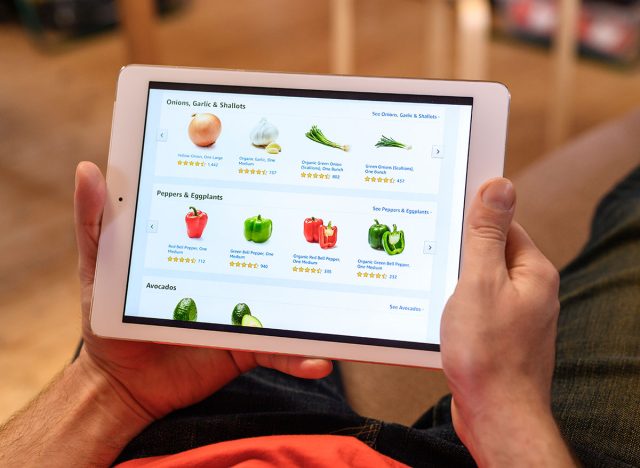
There is "little room for optimism about a return to more stable market conditions even in 2022," FAO senior economist Abdolreza Abbassian said earlier this month.
In a recent survey by Credit Karma, a whopping 80% of respondents said rising inflation had made it more costly for them to buy groceries. Luckily, it's still possible to save at the check-out line right now. We put together this handy list to help you get started—Grocery Shoppers Say These 5 Items Are Cheaper Than Meat Right Now.
For on what's happening at your neighborhood supermarket, check out:
